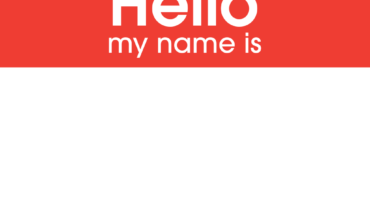Mediamorphosis: Manifesting a viral network
Last week, we launched Morph, a real-time conference blog for the Mediamorphosis conference sponsored by the American Press Institute.
Ezra Klein, Britta Gustafson, and Mary Hodder worked with me on covering the discussions; we also involved folks like JD Lasica and Jon Dube to comment remotely.
The blog launched Wednesday; but Thursday afternoon it had more than 20 posts on it, and by Friday, it had been picked up and commented on by Jeff Jarvis, , Steve Yelvington and others, thanks in part to being Feed of the Day on Feedster for March 11th.
By Friday morning, 48 hours after it launched, about 15% of the conference participants had posted messages or comments on the blog. A week after launch, posts and comments are still appearing, albeit in a slowed-down fashion. Although there was much discussion at the conference of blogs vs. media (yawn), the conference blog itself served as a viral tool and flashpoint for discussions, even for the very people questioning the credibility of the blogging platform.
The blog offered an interactive, transparent discussion that complemented the real time conference sessions. Most importantly, the blog provided both an independent view of what was happening, from the fresh perspectives of Mary, Britta and Ezra, as well as enabling commentary on the proceedings from those involved. The content creation at the conference mirrored what happens in the blogging world–citizen journalists posted their independent views even as professional offered their comments and stories.
At a conference, where many of the people were on the far side of 40 and frequently invoking projects they did in 1996 or 1998, it was great to see how everyone sought out the perspectives of Ezra, Mary and Britta, three of the youngest people in the room. I was incredibly proud of them and impressed and fascinated by the telling observations they had
I was also amused that at a conference where some participants were arguing about blogging vs “traditional media”, the blog quickly became a central flash point and key tool for the discussion.



